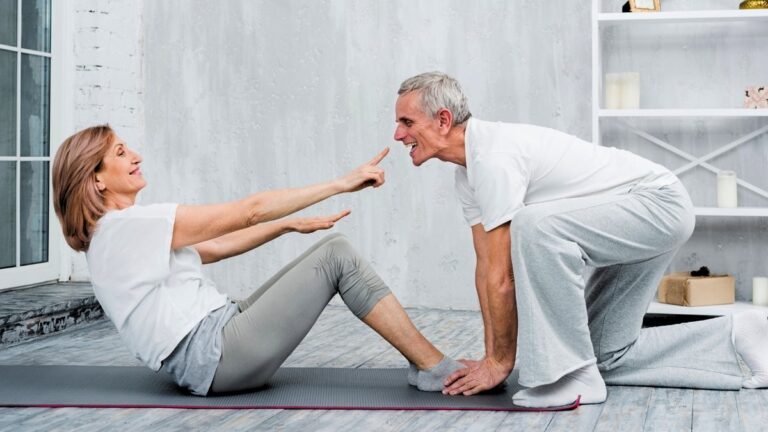Stay Strong After 50: Smart Exercise Swaps That Keep You Moving

You hit 50 and suddenly everyone acts like your gym days are over. That’s nonsense. You can stay fit and strong for decades to come. But here’s the thing—some exercises that worked in your twenties might hurt you now.
Your joints have changed. Your muscles recover slower. That doesn’t mean you’re weak. It means you’re smart enough to train differently.
We talked to doctors and trainers who work with active adults over 50. They shared which moves cause the most injuries—and what to do instead. These simple swaps will keep you strong without the pain.
Why Some Exercises Stop Working
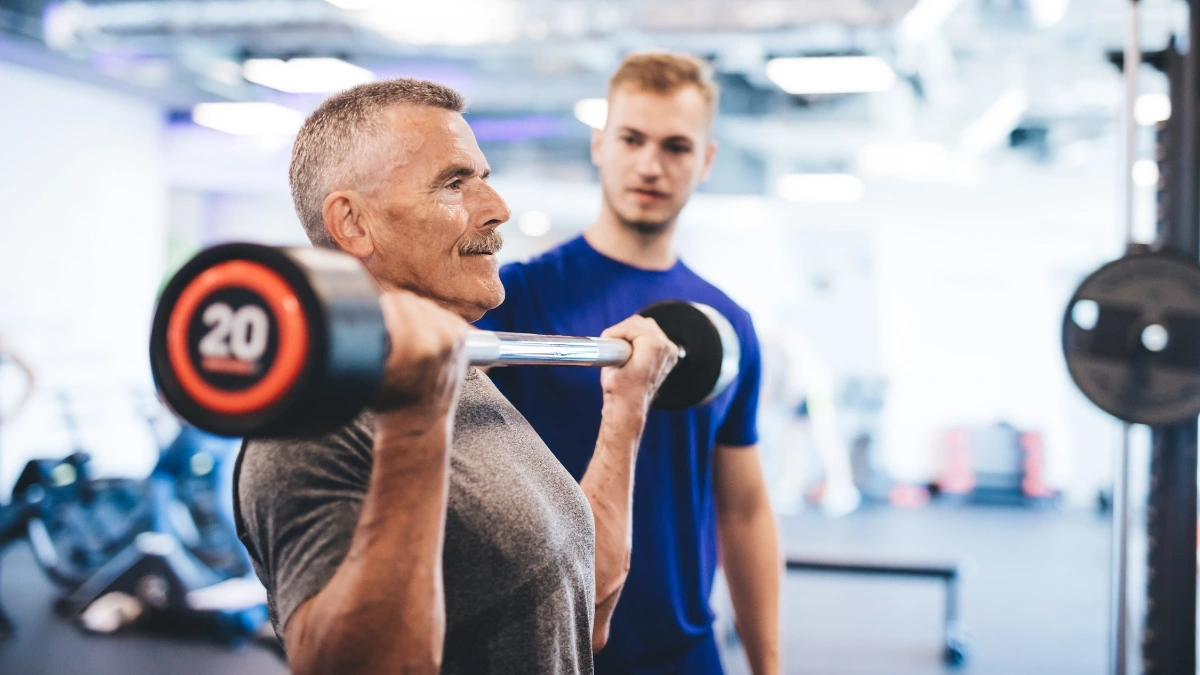
After 50, your body changes in predictable ways. Your cartilage wears thin. Your rotator cuffs get touchy. Your spine doesn’t love being twisted and compressed like it used to.
The exercises that once made you feel powerful might now leave you sore for days. Or worse—injured and sidelined.
But you don’t have to give up. You just need to work smarter.
Exercise #1: Ditch Heavy Bench Press for Resistance Bands
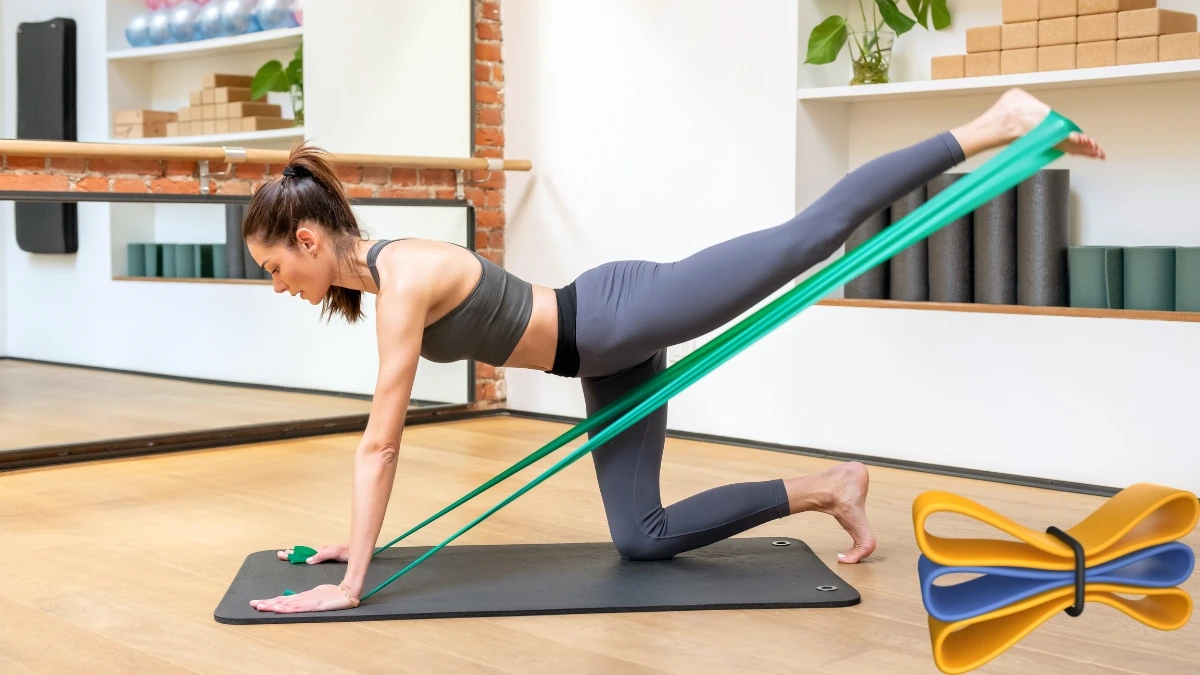
Heavy bench pressing puts serious stress on aging shoulders. Those rotator cuffs that seemed indestructible at 25? They’re not fans of heavy weight pressing overhead anymore.
Try this instead: Use resistance bands for chest work. Anchor the band at chest height. Press forward with controlled movements. The bands give you adjustable resistance without hammering your joints.
Start light. Keep your elbows slightly bent. Move slowly. Your chest muscles will still get stronger, but your shoulders won’t pay the price.
Exercise #2: Skip Deep Weighted Squats for Chair-Assisted Ones

Deep squats with weights can overload your knees and lower back. The risk isn’t worth it anymore.
Try this instead: Use a chair behind you as a guide. Lower down until you lightly tap the seat, then stand back up. This teaches perfect depth without going too low.
Keep your knees in line with your toes. Push your hips back first, like you’re sitting down. Master this movement with no weight. Then add light dumbbells if you want more challenge.
Your legs will get stronger and your knees will thank you.
Exercise #3: Replace Sit-Ups with Planks
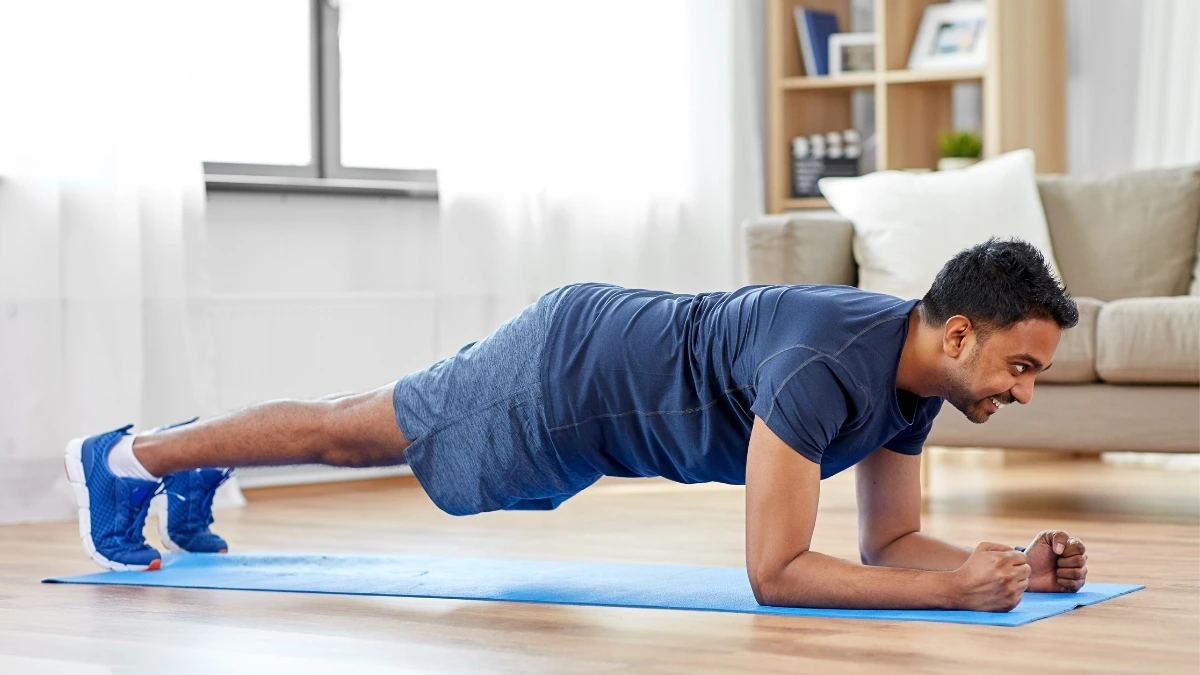
Sit-ups compress your spine and strain your neck. After doing thousands of them over the years, your discs don’t want to be crunched anymore.
Try this instead: Hold a plank position. This strengthens your entire core—abs, back, and hips—without bending your spine.
Start with 10 to 20 seconds. Keep your body straight. Squeeze your glutes to protect your lower back. Add time gradually.
Try side planks for variety. If regular planks are too hard, drop to your knees. Your core will get stronger without the back pain.
Exercise #4: Trade Overhead Presses for Lateral Raises
Pressing weights overhead can pinch nerves and tear rotator cuffs. Your shoulders have a lot of miles on them by now.
Try this instead: Lift light weights out to your sides, stopping at shoulder height. Use 2 to 5 pound weights. This targets the same muscles without the risk.
Keep your thumbs pointing up. Don’t lift above shoulder level. Add some band pull-aparts to strengthen the back of your shoulders too.
You’ll build balanced, healthy shoulders that move well for years to come.
Exercise #5: Swap High-Impact Running for Walking or Cycling

Running pounds your joints with each step. After 50, your cartilage is thinner. Your knees and hips take more punishment than they can handle.
Try this instead: Walk briskly or ride a bike. You’ll get the same heart benefits without beating up your joints.
For walking, wear good shoes with cushioning. Stand tall and swing your arms. Start with 20 to 30 minutes, then build up slowly.
For cycling, use a bike that fits you well. Don’t hunch over the handlebars. Start easy and add time gradually.
Both give you great cardio without the joint pain that can sideline you later.
Exercise #6: Replace Heavy Deadlifts with Hip Hinges

Heavy deadlifts can herniate discs if your form isn’t perfect. And let’s be honest—form breaks down when we’re tired or lifting heavy.
Try this instead: Practice hip hinge movements with just your body weight or light kettlebells (8 to 10 pounds). This teaches the same movement pattern safely.
Push your hips back like you’re trying to close a car door with your butt. Keep your back flat. Bend your knees slightly. Feel the stretch in your hamstrings.
This builds the same muscles—glutes, hamstrings, and lower back—without risking injury.
Exercise #7: Skip Behind-the-Neck Pulls for Front Pulls
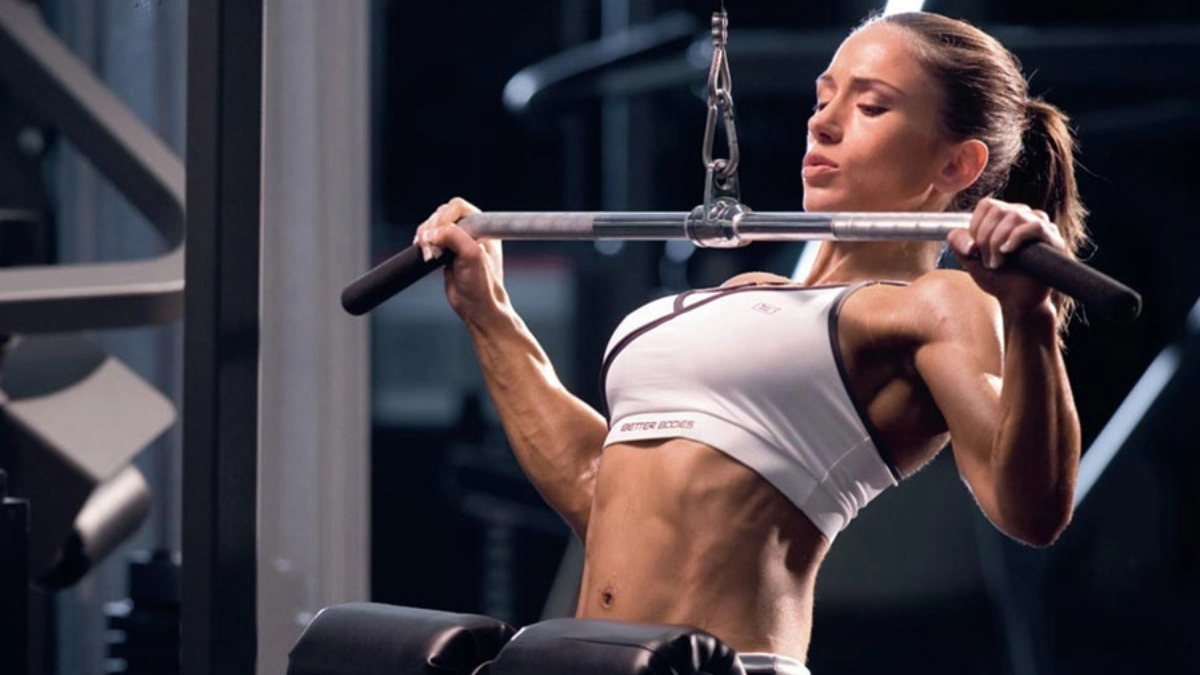
Pulling weight behind your neck forces your shoulders into a bad position. This can tear rotator cuffs and strain your neck.
Try this instead: Pull the bar down to your chest instead. Use a shoulder-width grip. Control the weight down and up.
Squeeze your shoulder blades together. Keep your wrists straight. Make sure the machine pad sits snugly against your thighs.
You’ll work the same muscles—lats, rhomboids, and biceps—without the injury risk.
The Keys to Training After 50
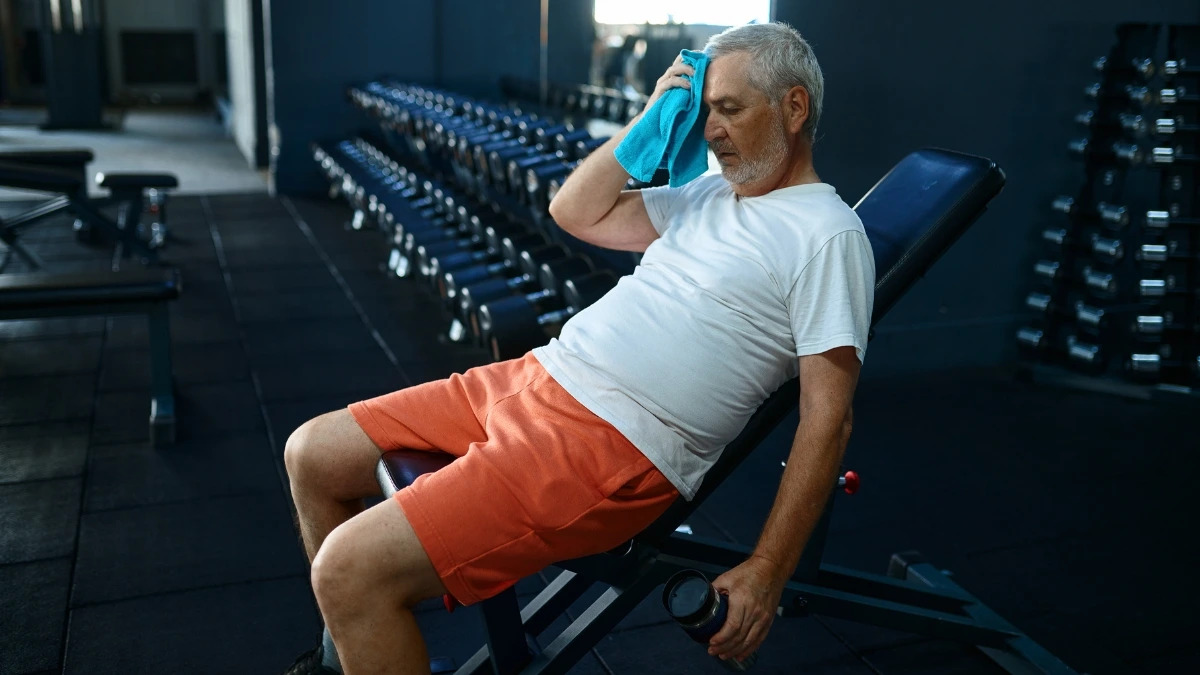
Focus on form first. Perfect technique prevents injuries and gets better results than sloppy heavy lifting.
Listen to your body. Pain is different from the burn of hard work. If something hurts, stop and try something else.
Start light and build slowly. There’s no rush. Gradual progress lasts longer than quick gains that come with injuries.
Choose low-impact when possible. Your joints will serve you better if you’re kind to them now.
Mix it up. Combine strength work, cardio, and stretching. This keeps you moving well in all directions.
The Bottom Line

Getting older doesn’t mean getting weaker. It means getting wiser about how you train.
These exercise swaps will keep you strong and moving well for decades to come. Your joints will feel better. You’ll have more energy. And you’ll avoid the injuries that sideline so many people your age.
Start with these changes today. Your future self will be grateful you made the smart choice to train differently—not less, just better.
The goal isn’t to turn back the clock. It’s to keep moving forward with strength, confidence, and zero regrets.

